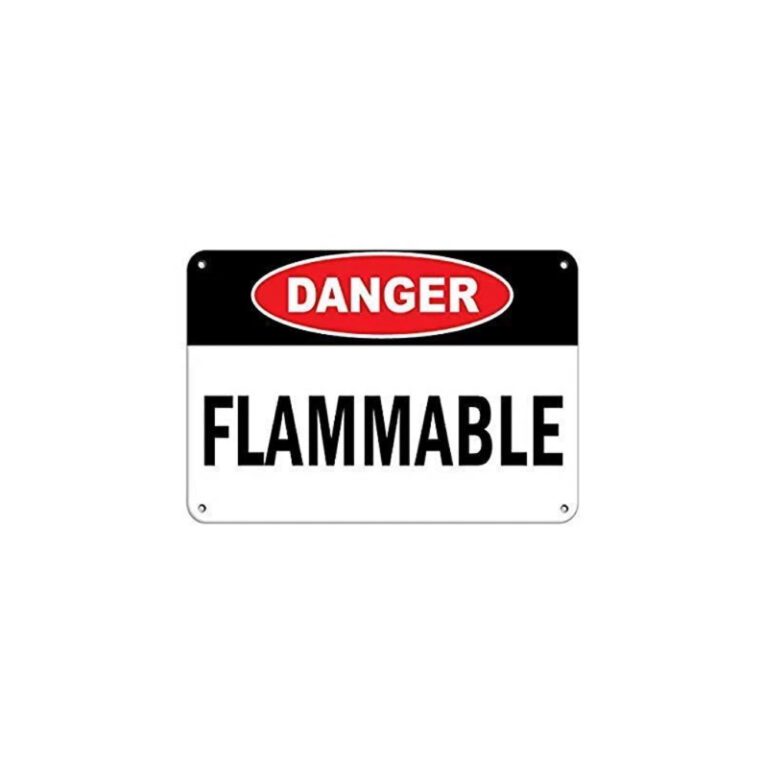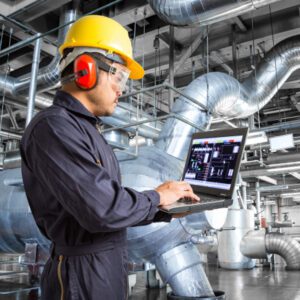mantenimiento colector de polvo, mantenimiento colectores, colectores industriales, polvos combustibles, colectores industriales, colectores para industrias, filtrado de neblinas, filtrado de humos, neblinas, niebla, empresas de ventilación industrial

mantenimiento colector de polvo, mantenimiento colectores, colectores industriales, polvos combustibles, colectores industriales, colectores para industrias, filtrado de neblinas, filtrado de humos, neblinas, niebla, empresas de ventilación industrial
Types of Gases in Industries and ventilation
In the Industrial sector around the world, there are processes that require the use of some type of manufacturing gas, whether they are dedicated to metallurgy, food, health, agriculture, etc. Its use depends to a large extent on the applications and the function it fulfills during the production process.
There are a wide variety of gases and applications, these can be used from the manufacture of metal parts, food manufacturing, in hospitals, aeronautics, laboratories, among many other areas. These elements must be considered as a fundamental part within the companies and their production. It is necessary to have security measures that allow them to be used without putting users or the infrastructure at risk.
Next, we present the most common types of gases within the industry and their applications.
There are various types of gases that have special characteristics and that, depending on the needs, can be used for specific processes, for example:
Acetylene (C2H2) is the most widely used, its composition based on carbon and hydrogen makes it a very light gas, more than air itself, another characteristic of this gas is that when it is 100% pure it is odorless, that is, It does not have any odor and therefore care must be taken with its use, since, by not having this alert property, an accident could be generated, this gas is highly flammable and burns easily.
Commonly used in metal-mechanic processes, in which it is required to heat metals to high temperatures in order to join them, for cnc cuts, they are also used in chemical processes.
Argon (Ar) is a gas that has the characteristics of being odorless, non-toxic and not flammable, in addition to having great physical and chemical stability.
This type of gas is commonly used in welding processes such as MIG, TIG or Plasma cutting.
Other gases such as helium (he), carbon dioxide (CO2), nitrogen (N2), oxygen (O2), are also used within the supplies in companies for various purposes, such as manufacturing electronic systems, in treatment systems of health, even as part of artificial atmospheric systems, among many other applications.
An adequate ventilation system will prevent the fumes that are released when using some of these gases to weld or generate some type of combustion, from being breathed by workers, for example; During the metal welding process, the fumes and gases that are released can become very toxic and cause illnesses in employees. A solution to prevent workers from coming into direct contact with them is to use DYNA FLO® Smoke Collectors. , these are in charge of controlling this type of fumes and gases to avoid health risks and possible explosions due to their accumulation, using extraction hoods, anti-explosion vents, flammable filters, among other applications.
The designs and types of the collector can vary for each application, but the objective is the same, to control any particulate matter that could generate direct effects on the company, employees and production.
DYNA FLO® Tips:
- Hire an expert to identify potential risks in your company.
- A DYNA FLO dust collector is always a good option to help control and reduce dust risks.
- If you require a reliable analysis to implement the best solution for dust control, contact us, we are ready to help you.
Collector Types
dust collector maintenance, collector maintenance, collectors
polvos combustibles, colectores industriales, colectores para industrias, filtrado de neblinas, filtrado de humos, neblinas, niebla, empresas de ventilación industrial
Other articles of interest

Industrial collectors and energy saving in the company
Una de las dudas más frecuentes, por parte de los directivos de la empresa antes de invertir en un sistema de ventilación como son los Colectores de Polvo Industriales es, ¿Cuánta energía consumirá?, ¿Podré ahorrar energía y por tanto dinero?, para poder justificar la inversión…

Common mistakes when investing in a Dust Collector
As head of the maintenance, purchasing or manager area, one of the main responsibilities when requesting the purchase of equipment to solve a problem in the company is to have all the necessary information to be able to evaluate and make the best decisions.

Maintenance of a Dust Collector
In many companies, allocating resources to maintain their equipment is not a priority, because they consider that as long as they do not fail, they do not require attention or they simply see it as unnecessary. But, when these are damaged and need to be repaired, they realize the mistake that is made by not considering a preventive maintenance program and allocating resources to them.






